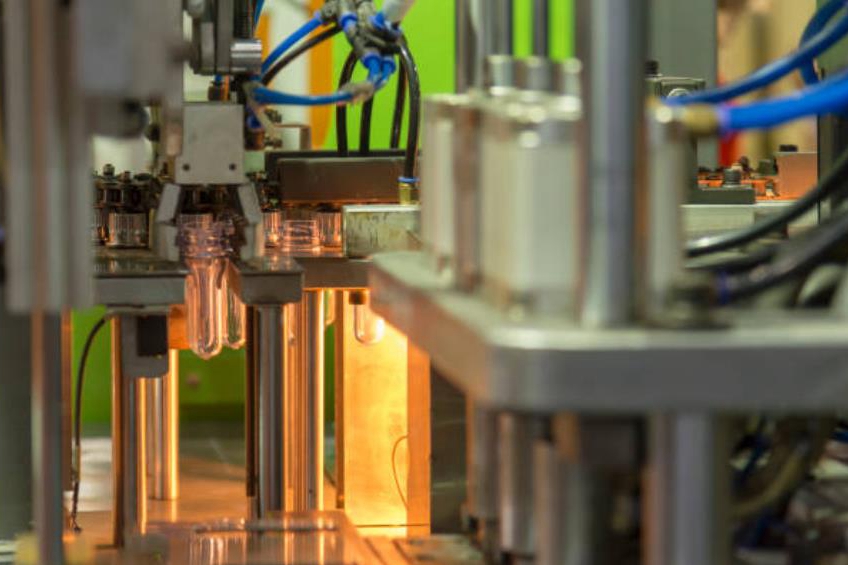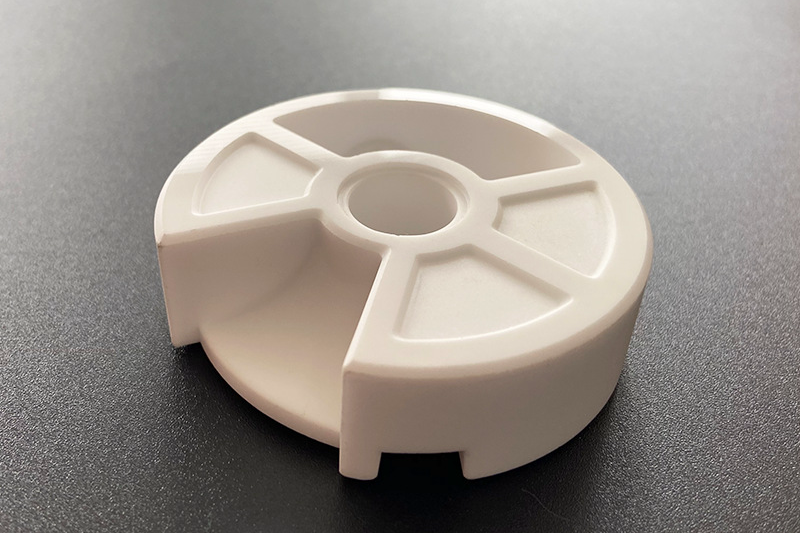How do Neway connectors meet electrical safety standards in different regions?
Connectors used in lighting, telecom, medical, and power electronics must comply with regional electrical safety standards such as IEC/EN requirements in Europe, UL/CSA in North America, and corresponding certifications in Asia. From an engineering perspective, Neway treats these standards as design inputs from the very beginning of each custom parts manufacturing service project—defining creepage and clearance distances, insulation classes, flammability ratings, grounding concepts, and test regimes before any tooling is built. Connector geometry, materials, and production processes like injection molding, metal injection molding, and precision casting are co-engineered to meet the target market’s safety framework.
Standards-Driven Connector Architecture
Different regions impose specific rules for insulation coordination, overvoltage categories, and pollution degrees. In practice, this means we must design connector housings and terminal layouts to satisfy creepage and clearance distances defined in relevant IEC/EN or UL documents for the rated voltage and environment. For LED drivers in lighting solutions or power supplies in telecommunication equipment, we create 3D concepts and tolerance chains that explicitly respect these limits, ensuring that even worst-case molding and assembly variation does not compromise safety. Early-stage prototypes are produced via CNC machining prototyping or 3D printing prototyping to verify clearances, insulation paths, and mechanical robustness.
Material Selection for Insulation and Flammability
Regional safety approvals often require specific flammability ratings and comparative tracking index (CTI) levels. For insulating housings and terminal blocks, Neway utilizes engineering resins such as PBT, nylon (PA), and Ultem (PEI), which are processed through plastic injection molding, selecting grades that meet demanding glow-wire and UL94 flammability requirements. For high-temperature or high-power connectors, we may incorporate PPS or PEEK to maintain dielectric integrity at elevated temperatures. Current-carrying components utilize copper alloys or stainless steels, which are shaped via MIM 17-4 PH or MIM-420, providing mechanical strength while allowing for consistent plating and low contact resistance.
Insulation Coordination and Creepage Management
To satisfy regional regulations for reinforced or double insulation, connector layouts must be carefully engineered. We design multi-level housings, ribbed surfaces, and protected slots that extend creepage paths without enlarging the connector footprint. Soft materials such as silicone rubber or TPE-TPV can be applied by overmolding or insert molding to integrate seals and strain reliefs without compromising electrical spacing. For high-pollution or outdoor use, insulation coordination is combined with environmental protection: connector shells and seals are designed to meet IP ratings while still maintaining regulatory creepage and clearance distances over the product lifetime.
Surface Treatment, Grounding, and Corrosion Control
Many regional safety standards include requirements for protective earth continuity and long-term stability under corrosive conditions. Neway uses targeted surface treatments—such as electroplating, brushed finishes, and passivation—to maintain conductive paths for grounding while preventing corrosion that could compromise safety. Ground lugs and shielding components can be produced via sheet metal fabrication, ensuring reliable attachment to chassis or busbars in energy and power tools applications. These design and process controls allow Neway connectors to pass dielectric strength tests, earth continuity checks, and environmental stress evaluations specified by local certification bodies.
Validation, Certification, and Project Collaboration
Finally, compliance is validated through structured testing—dielectric withstand, insulation resistance, glow-wire, flammability, temperature rise, and mechanical endurance—performed on parts manufactured using serial processes, not just prototypes. During custom connector development, Neway’s engineering team collaborates with customer compliance teams and local labs to align drawings and material specifications with the applicable standards in the target markets. By combining standards-driven design, appropriate material choices, precise molding and metal forming technologies, and robust surface treatments, Neway ensures its custom connector solutions can be certified and safely deployed across different regions without redesign for each market.



